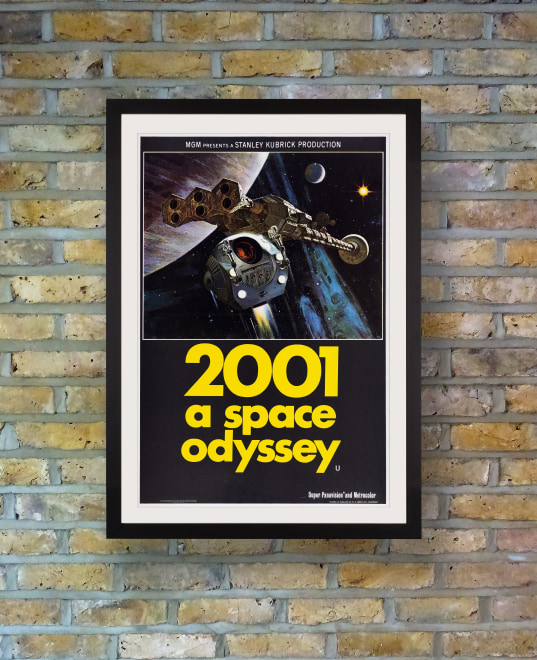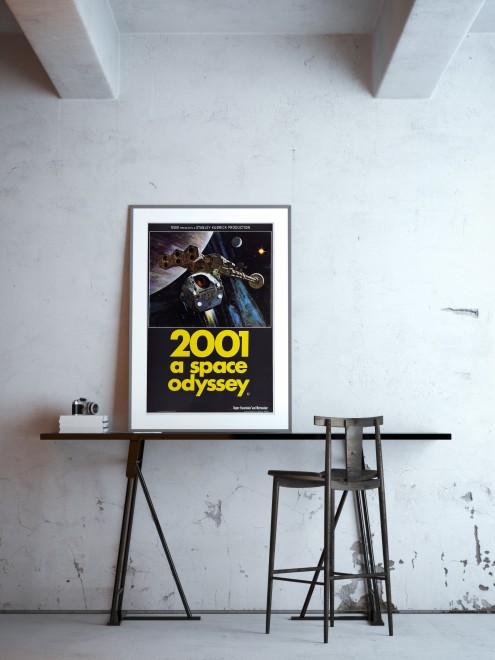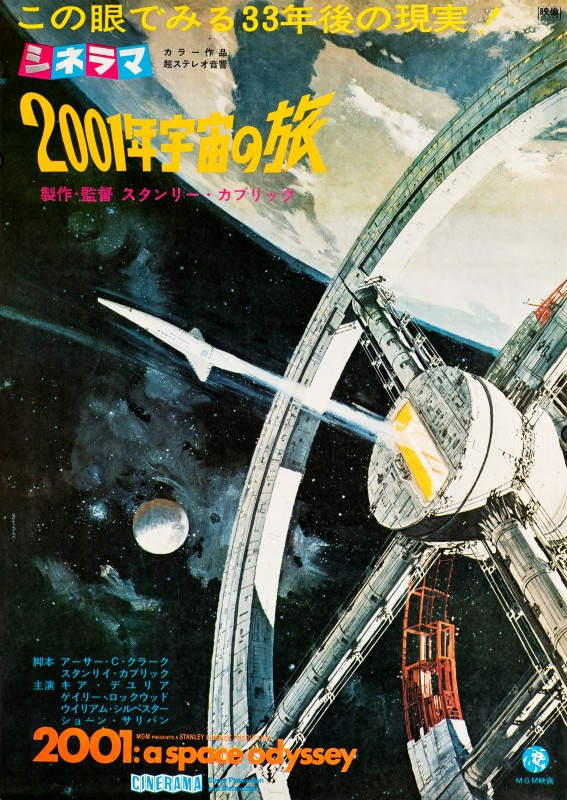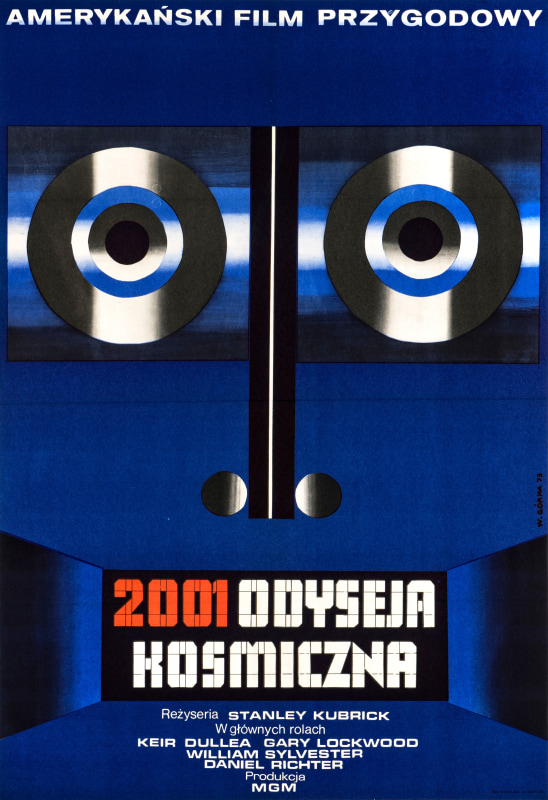Widely regarded as the most influential science fiction film of all time, Stanley Kubrick’s transcendent 1968 sci-fi masterpiece 2001: A Space Odyssey revolutionised the genre, presenting an astoundingly accurate depiction of space flight and projecting a mesmerising and awe-inspiring vision of the future with its pioneering special effects, eerie sentient technology and vast spacecraft revolving gracefully to sweeping strains of classical music. Addressing themes of human evolution, existentialism, artificial intelligence, technology and the possibility of extra-terrestrial life, the film’s central voyage to Jupiter is sandwiched between an ambiguous opening scene portraying the moment primordial apes discovered tools and a confounding climax sequence which sees astronaut David Bowman travels beyond the known universe through a psychedelic wormhole. Establishing the sci-fi blockbuster as a Hollywood staple, '2001' has been hailed as the “grandfather” of such films, with notable filmmakers such as Steven Spielberg and George Lucas crediting its considerable influence.
After seeing artist Robert McCall’s illustrations for LIFE magazine’s series on the future of space travel and his work documenting the achievements of the NASA space program, Kubrick enlisted McCall during production of the film to help capture his vision of the future. McCall spent three months creating conceptual drawings and illustrations for '2001', some of which we now recognise from MGM’s marketing campaign. His atmospheric illustration of the Discovery spacecraft and EVA Pod in Jupiter space is seen on this for this rare double crown poster for the original British release.
Condition
Excellent (A-)
Conservation backed on linen. Backing has smoothed and diminished one vertical and one horizontal fold. The most minor edge wear and slight discolouration to lower corners. Image and colours excellent.







